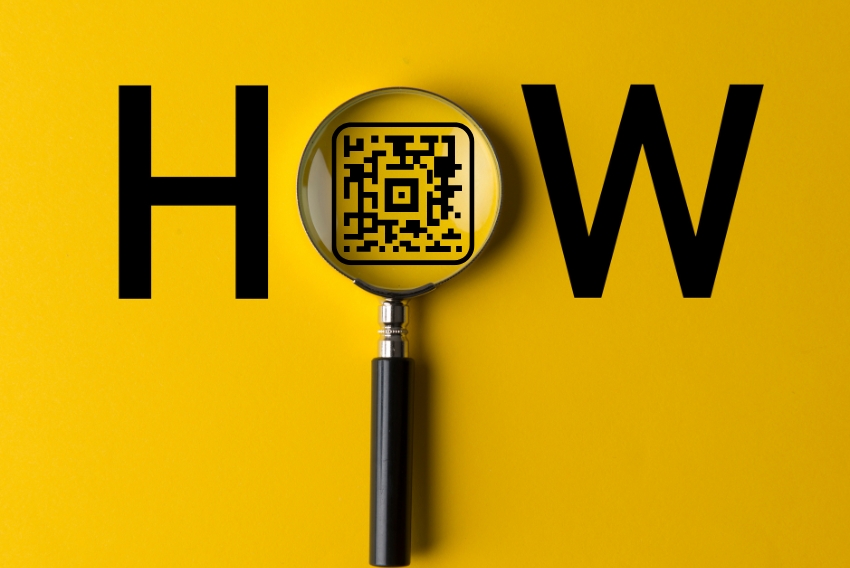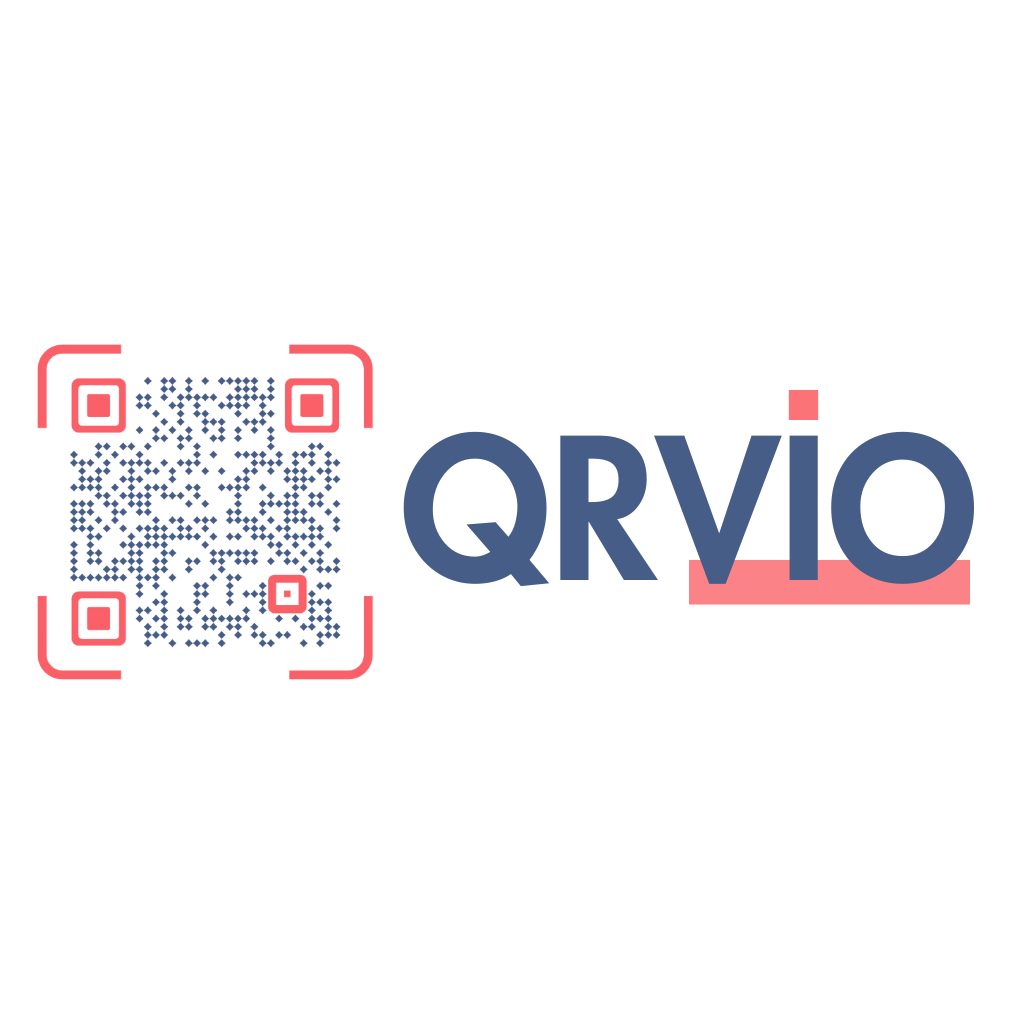How Does a QR Code Work? Learn What Happens When You Scan One

From menus and payments to product packaging and online forms, QR codes have quietly become one of the most common digital tools in our everyday lives. But have you ever stopped to wonder—how does a QR code work? What actually happens when you scan one?
In this in-depth, beginner-friendly guide, we’ll break down the science, structure, and scanning process behind QR codes so you can understand how this deceptively simple technology delivers instant results with just one scan.
– What Is a QR Code?
A QR code (short for Quick Response code) is a type of two-dimensional barcode that stores information in both vertical and horizontal directions. Unlike traditional barcodes that hold data in a single line, QR codes can contain hundreds of times more data.
– Common Uses for QR Codes:
- Opening URLs
- Viewing menus
- Making payments
- Saving contact details
- Accessing files or videos
- Downloading apps
- Joining Wi-Fi networks
QR codes are designed to be scanned quickly using a smartphone camera or a QR scanner app.
– The Structure of a QR Code: What You’re Really Seeing
Every square on a QR code is part of a precise system. Here’s a breakdown of the main parts that make it work:
1. Positioning Markers
The large squares in three corners help the scanner detect the QR code’s orientation—so it can be read even if it’s upside down or tilted.
2. Alignment Pattern
This smaller square is used in larger codes to ensure the image is interpreted correctly, especially if it’s printed on curved surfaces.
3. Timing Pattern
A line of alternating black and white modules runs between the positioning markers. It helps define the grid structure so that data can be located accurately.
4. Format Information
This section stores information about error correction level and data mask pattern to improve scanning accuracy.
5. Data and Error Correction Modules
This is where the actual data (like URLs or text) is stored. QR codes also contain error correction blocks, allowing them to be scanned even if part of the code is dirty or damaged.
– How Does a QR Code Work?
Let’s simplify the process into clear steps, so you know exactly what happens when you scan a QR code.
Step 1: You Scan the Code
Using your phone’s camera or a QR code scanning app, you point at the code. Most modern smartphones detect QR codes instantly and display a clickable action (like “Open URL”).
Step 2: The Device Reads the Pattern
The scanner identifies the positioning markers to understand the orientation and angle. It then reads the timing and alignment patterns to map the grid.
Step 3: Binary Data Is Extracted
The black and white squares represent binary code (0s and 1s). These patterns are decoded into alphanumeric characters, which form the actual message—often a link, text, or file reference.
Step 4: Error Correction Ensures Accuracy
If parts of the code are blurry or missing, built-in error correction algorithms (such as Reed-Solomon codes) fill in the gaps, making the QR code incredibly resilient.
Step 5: The Action Is Triggered
Once decoded, your device performs the desired action: opens a browser, downloads a file, saves a contact, joins a network, etc.
In seconds, a scan can initiate a powerful digital action—without typing or searching.
– How Much Information Can a QR Code Hold?
QR codes can store:
- Numeric only: Up to 7,089 characters
- Alphanumeric (A-Z, 0–9): Up to 4,296 characters
- Binary data: Up to 2,953 bytes
- Kanji/Kana characters: Up to 1,817 characters
The more data you store, the more dense and complex the QR code becomes. That’s why codes with lots of content look more crowded with smaller modules.
Pro Tip: For URLs or actions, always keep the data as short and clean as possible for faster and easier scanning.
– Types of QR Codes: Static vs. Dynamic
Understanding how QR codes work also means knowing the difference between static and dynamic codes.
1. Static QR Codes
- Fixed content (cannot be changed after creation).
- Best for simple, permanent uses (e.g., email, phone number).
- Longer URLs create more dense codes.
2. Dynamic QR Codes
- Redirects to a short URL that can be updated later.
- Allows tracking, analytics, and editing.
- Ideal for marketing, menus, product updates, and campaigns.
Dynamic QR codes work by pointing to a short web address that redirects users to whatever you configure on the backend.
– Real-World Use Cases of QR Codes
Now that you know how a QR code works, let’s look at how this technology is applied in the real world.
1. Retail and Packaging
- Product Information: Brands place QR codes on packaging to provide nutritional details, tutorials, or warranty info.
- Loyalty Programs: Shoppers scan a QR code to collect points or access rewards.
2. Restaurants and Cafés
- Digital Menus: Post-pandemic, QR menus replaced printed menus in many venues.
- Payments: Some systems allow direct bill payments via QR scanning.
3. Marketing and Advertising
- Event Promotions: Flyers and posters often include QR codes linking to registration pages.
- Video Content: Scanning a code on a billboard may open a video or product demo.
4. Resumes and Business Cards
- Instant Profiles: Add a QR code linking to your LinkedIn, digital portfolio, or personal site.
5. Corporate and Internal Use
- Wi-Fi Access: Scan to instantly join a secure network.
- File Sharing: Distribute internal resources or policy documents with a scan.
– Benefits of QR Code Technology
Understanding the benefits will help you see why QR codes are not just a trend—but a powerful tool for modern communication.
1. Speed and Simplicity
- Scans take under a second and require no app in most modern phones.
2. Contactless Interaction
- Perfect for health-conscious environments or fast-moving situations.
3. Versatility
- Usable on any medium: paper, digital screens, packaging, signage, clothing, etc.
4. Cost-Efficient
- Free to create and distribute in many formats.
5. Trackability (Dynamic Codes)
- Marketers can measure engagement by tracking scans, locations, and devices.
– Common Mistakes to Avoid
While QR codes are simple in theory, certain mistakes can compromise functionality:
1. Poor Print Quality
Low-resolution codes may blur, especially when scaled. Use at least 300 DPI for print.
2. Too Much Data
A dense code can be hard to scan. Shorten URLs using a link shortener or opt for a dynamic code.
3. No Quiet Zone
QR codes must have blank space (quiet zone) around them to be recognized by scanners.
4. Weak Contrast
Using similar background and foreground colors (e.g., gray on gray) can make the code unreadable. Stick to dark on light.
5. Not Testing Across Devices
Make sure your code works with both iOS and Android phones, and different QR scanning apps.
– QR Codes and Security
Since QR codes can link to any URL, it’s important to scan with caution:
1. Trust the Source
Only scan QR codes from reputable businesses, people, or physical locations.
2. Preview the URL
Most modern devices show the destination link before opening it. Double-check it looks legitimate.
3. Avoid Public Wi-Fi QR Codes
Be cautious with codes offering Wi-Fi access in untrusted locations—they could direct you to phishing pages or rogue networks.
– Conclusion
So, how does a QR code work? It’s a smart combination of pixel-level precision, binary data encoding, and error correction—wrapped in a design you can scan in a blink.
From the moment your device recognizes the positioning markers to the instant it performs a web action or stores contact info, QR codes are an elegant solution to a very modern need: fast, touch-free, and reliable access to digital content.
Now that you understand what happens when you scan a QR code, you can use them more effectively—whether for business, personal branding, education, or marketing.
– Ready to put QR codes to work for you?
Start scanning smarter and creating your own custom QR codes today—bring convenience, connection, and creativity to everything you share!
